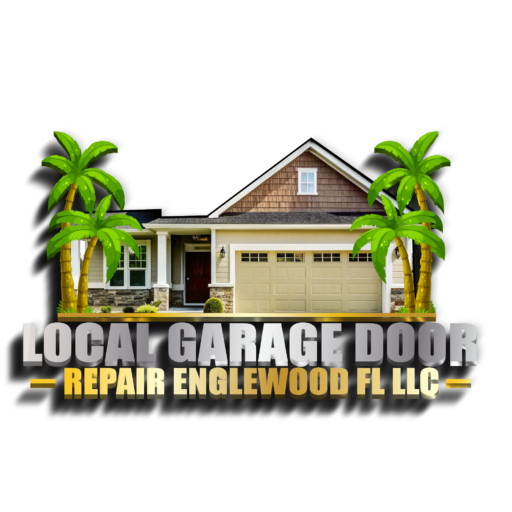How to Replace Damaged Garage Door Sections Without Breaking a Sweat
- Commercial Garage Door Repair
- Garage Door Opener Installation
- Garage Door Spring Repair
- Same Day Garage Door Repair
- Custom Garage Door
- Garage Door Opener Repair
- Garage Door Track Repair
- Gate Repair
- Garage Door Cable Repair
- Garage Door Panel Repair
- Local Garage Door Repair
- Garage Door Replacement
- Noisy Garage Door Fix
- Garage Door Installation
- Garage Door Section Replacement
- Overhead Garage Door Repair

How to Replace Damaged Garage Door Sections Without Breaking a Sweat
Replacing garage door sections might sound like a daunting task, but it’s often easier than you think! If just one part of your garage door is damaged, you don’t need to replace the whole door. This guide will show you how to identify the damaged section, choose the right garage door section replacement, and safely replace it—all while saving you time and money.
Why Replace Only the Damaged Garage Door Sections?
If your garage door has sustained minor damage—like dents or cracks in one section—replacing just the damaged panel is an economical choice. Here’s why it’s worth it:
- Cost-Effective: Replacing one section is significantly cheaper than buying a whole new door.
- Less Downtime: Repairs are usually quicker than full replacements.
- Preserve Aesthetics: Swapping out a damaged section keeps your door looking good, without upsetting its overall look.
If the damage is more extensive—say, the door is severely warped or hardware is affected—you might need a full replacement. However, for isolated issues, section replacement is often a practical option.
Steps to Replace Garage Door Sections
1. Assess the Damage
Before anything else, take a close look at your garage door. Identify which section (or sections) need replacing. Look for dents, cracks, or areas where the panel might not be aligning properly with the rest of the door.
If you’re unsure about the extent of damage, consider consulting a professional. They can help determine if replacing garage door sections is enough or if a larger repair is needed.
2. Order a Matching Replacement Panel
Garage doors are usually made of aluminum, steel, or wood, and replacement sections need to match your existing door in material, color, and style.
Find the manufacturer model number. It’s usually stamped on the side of the door or in your owner’s manual.
Contact the original manufacturer or a trusted supplier to ensure you receive a panel that fits—not just in size but in appearance.
Matching is especially important for maintaining your home’s curb appeal.
3. Replace the Damaged Section
Replacing garage door sections might require some tools and patience. Here’s a step-by-step overview:
- Disconnect power to the garage door opener to avoid accidental movements during the repair.
- Remove the damaged panel. This will likely require unbolting connectors that join it to the panel above and below.
- Install the new section. Secure it using the same fasteners, ensuring everything aligns with the adjacent panels.
- Inspect check the alignment and function once the new section is firmly in place. Open and close the door a few times to confirm it operates smoothly.
Safety Tip: Garage door tension springs can be dangerous to adjust, so proceed with caution! If in doubt, call a professional.
Why You Should Rely on Professionals
If the repair involves things like adjusting heavy parts or fixing garage door springs, it’s smart to get help. A professional repair service not only ensures the job is done right but also minimizes your chances of accidental injury along the way.
Final Thoughts on Fixing Garage Door Sections
Replacing damaged garage door sections is an affordable and efficient solution to renew the appearance and functionality of your door. While a DIY approach is possible, more complex repairs or safety concerns are best handled by professionals.
If you need help, reach out to Local Garage Door Repair Englewood FL. Our expert team specializes in quick, reliable garage door repairs, ensuring your door is good as new in no time. Call us today and get your garage door back to working perfectly!
